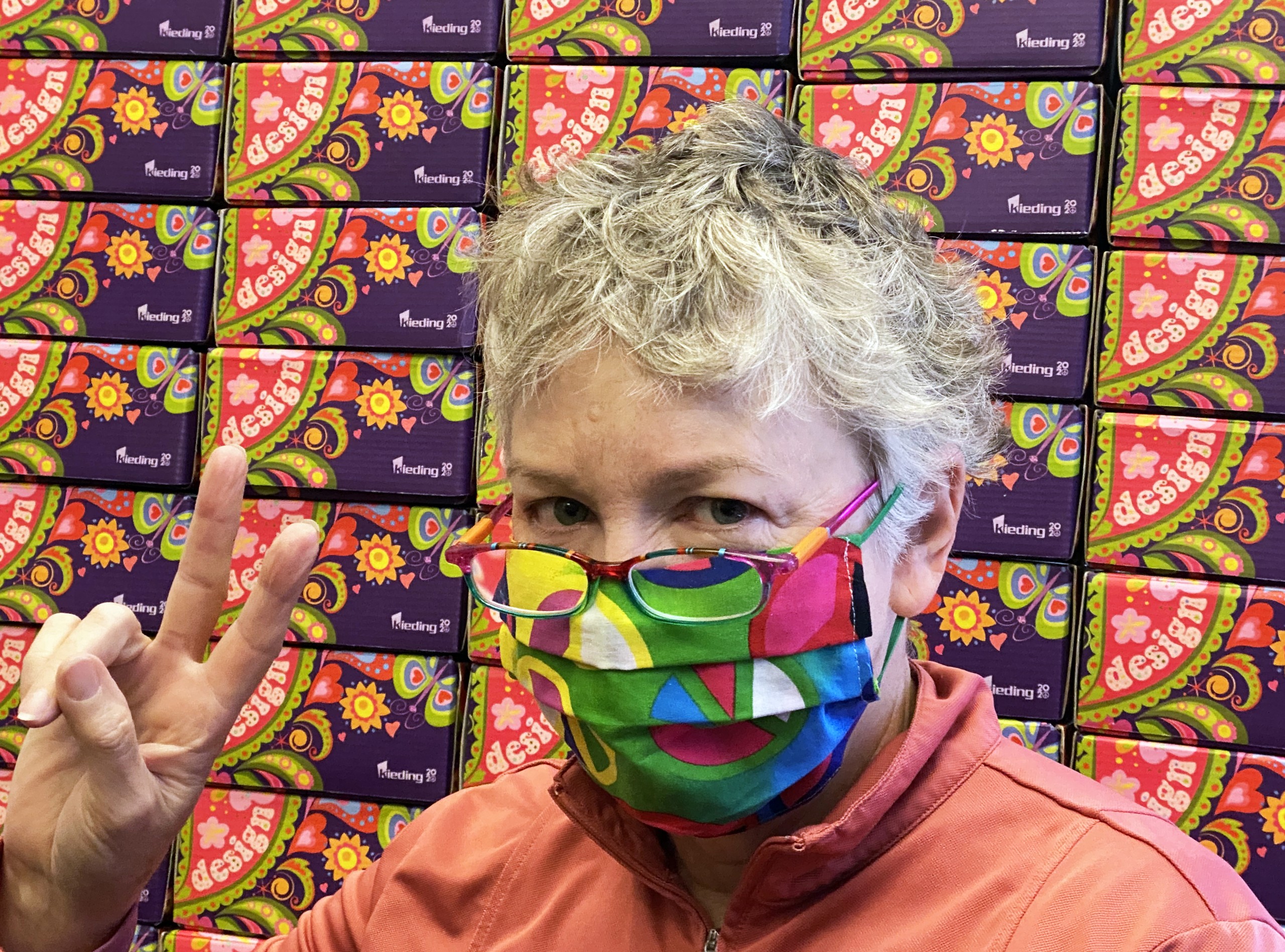Since 1974, Kieding interior architecture and design has consulted on, planned and designed more than 12,000 projects in the Denver area and in 26 states, with projects ranging in size from 500 to 500,000 square feet. The firm specializes in corporate office planning and interior design consulting services largely for office spaces but also for some light industrial, retail and small medical offices.
Though the company is named for founder Warren Kieding, the firm today is 100% woman-owned by architect Tia Jenkins and designers Katie Winter and Kim Hoff. After 10 years at the company, Jenkins bought the firm from Kieding in 2007. Hoff and Winter became co-owners two years ago.
Just as workers were forced to be flexible and businesses to pivot during the COVID-19 pandemic, designers of business spaces focused on flexibility to create spaces for the new paradigms in work.
READ: Creating a Home Office — Optimizing Audio Stimulation and Sound Quality for Productivity
“The office is now competing with the comforts of home,” Winter says. “What makes it feel good is that it feels more like a hospitality space, like a restaurant or hotel feels like. Amenities are key to that. Your space is inviting with a great break area where you can chat with your co-workers.”
More appealing common spaces and multi-purpose kitchens are overtaking bland coffee break areas and utilitarian lunchrooms. Cubicles are on the outs, but shared workstations with standup desk options and lockers to store personal items are trending, Winter says.
“Collaborative spaces must feature a variety of seating types and environments,” Hoff adds. “Workspaces continue to incorporate right-sized smaller private offices. These offices feature larger glass sidelights for better natural light to the interior.”
READ: TARRA — A New Way for Women to Work
Private offices are still important but have shrunk as more people work a hybrid schedule with more time from home. Instead of grand reception areas and huge conference rooms, businesses are spending money on technology and smaller huddle rooms that can double as Zoom rooms.
When many businesses slowed down during the pandemic, the team at Kieding stayed busy redesigning office spaces as businesses continued to morph operations and schedules. In some cases, building owners saw the opportunity of fewer people in office buildings to remodel common corridors and restrooms, Winter says.
At Kieding, the design process starts with a computerized “test fit” using Revit software to make sure the new tenant’s needs will be a good fit for the building space. During the pandemic’s supply chain disruptions, Kieding designers worked to choose the top three options of products to make sure projects stayed on schedule.
“A lot of clients are building owners who build out for tenants coming into the building who want to be moved in as quickly as possible,” Winter says. “We can get a space plan done in days, not weeks. We know the pace of tenant finish work, and we know when we get a request, time is really important to them.”
Jenkins, a licensed architect for 40 years, says as the work environment has changed to more hybrid schedules, employee training has become more of a challenge.
READ: 5 Tips for Building a Strong Company Culture in a Hybrid Work Environment
“The biggest challenge we have is maintaining the critical mentorship and training specific to our employees within a hybrid work environment between home and office,” Jenkins says. “It is much harder to teach employees how to ‘read’ clients and communicate effectively in the computer environment than it is at a real face-to-face meeting.”
When Kieding and its team moved into a new space in September 2021 on South Monaco Parkway, they gutted and redesigned their space to exemplify the comfortable, flexible workspaces they also design for clients.
“We definitely went the route of ‘work everywhere,’ and collaboration is why people come to the office,” says Winter, who has been with the firm for 22 years. “We have four areas where people could meet together. We have those numerous spots for two to four people working together on a project.”
Like their clients who want flexibility in workspaces and schedules, the 15 employees at Kieding usually spend one day a week working from home.
Suzie C. Romig is a freelance journalist who has lived in Colorado since 1991. Her byline has appeared in newspapers and magazines across the state on topics ranging from small businesses to raising children to energy efficiency. She can be reached at [email protected]


